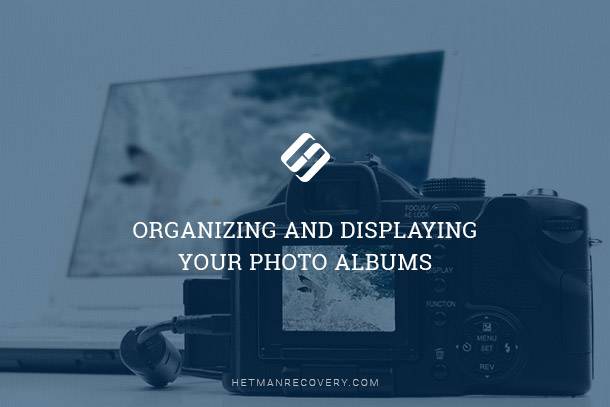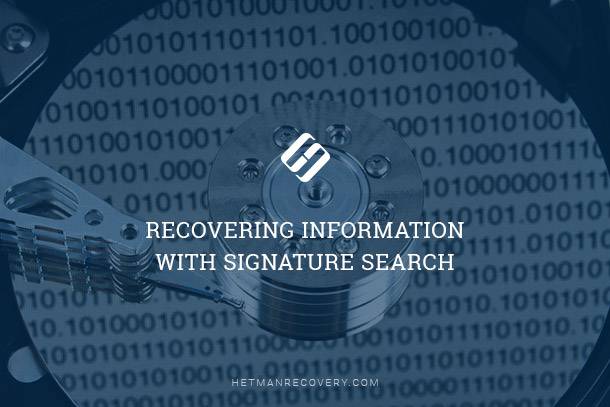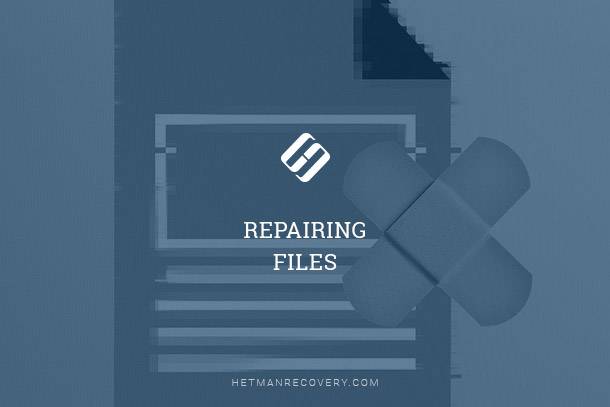Photo Album Organization: Tips for Organizing and Displaying
Struggling to keep your photo albums organized and visually appealing? We uncover tips and tricks for effectively organizing and displaying your precious memories. Whether you’re a photography enthusiast or simply want to preserve your memories, learn how to showcase your photos with style!

Method 1. Offline Photo Albums
Offline photo albums are stand-alone software installed on your HDD. Popular examples include ACDSee, FastStone Image Viewer and many others. Their major benefit is their ability to pick up and organize your existing collection or digital pictures stored on the hard drive(s) regardless of their location. You don’t have to upload anything anywhere, you don’t have to worry about traffic or the limited storage space available with many photo hosting accounts. You just install the tool and use it.
Many tools in this category offer basic or even advanced (ACDSee Pro, Adobe Lightroom) image processing functionality, allowing you to fix basic things and apply a variety of enhancements to your photos without using a fully featured photo editor. Most folks will be quite satisfied with the basics including red eye correction, rotation, cropping, color, brightness and contrast adjustments, while others will be well served by tools such as ACDSee Pro and Adobe Lightroom offering comprehensive editing abilities along with convenient organizing and viewing of your entire photo collection.
The obvious disadvantage of offline photo albums is their inability to share your pictures with others. Granted, you can usually email a picture or two. Some more advanced tools (e.g. ACDSee) offer integration with online photo hosting sites, allowing you to upload select pictures there. But that’s about it. Offline photo albums are designed and implemented for your personal convenience and enjoyment.
| Software Name | Operating System | Key Features | Advantages | Disadvantages |
|---|---|---|---|---|
| Google Photos Desktop | Windows, macOS | – Photo organization – Album creation – Editing |
– Simple interface – Cloud synchronization |
– Requires internet for updates – Limited offline functionality |
| ACDSee Photo Studio | Windows, macOS | – Photo organization – Editing – Slideshow creation |
– Professional tools – Fast handling of large archives |
– Paid software – Can be complex for beginners |
| XnView | Windows, macOS, Linux | – Photo viewing – Format conversion – Album creation |
– Free – Supports numerous formats |
– Limited editing features – Outdated interface design |
| Photoscape | Windows, macOS | – Photo organization – Editing – Album printing |
– Intuitive – Free |
– Limited format support – Fewer features compared to professional tools |
Bugs and user errors can creep to online photo albums just as easily as they can be present in other software. Should you accidentally delete a photo or a bunch of pictures, you can always use a data recovery tool such as Hetman Photo Recovery to recover the images.

⚕️ How to Recover Photos From a Computer or Laptop Hard Disk After Deleting or Formatting in 2021🔥
Method 2. Online Photo Hosting
Online communities and automatic sharing of digital pictures are extremely popular today, and will gain more popularity in the future. Services such as Flickr, Picasa, Instagram and a great deal of others offer free storage space on their servers to let you upload your photos and share them with others.
Using online photo hosting solutions offers numerous advantages. Pictures uploaded to the cloud will be stored away from your mobile phone or PC, so they won’t be affected by viruses, upgrades, lost or stolen devices and upgraded hardware. In other words, pictures you store online are pretty well protected.
The whole point of online photo hosting services is the ability to share images and solicit comments. Popular photo hosting services offer plenty of that! Upload your pictures to Flickr or Picasa, and you’re sharing them with the whole world – or just select groups of people if you choose so.
| Service Name | Free Storage Limit | Key Features | Advantages | Disadvantages |
|---|---|---|---|---|
| Google Photos | 15 GB (shared with Google Drive) | – Automatic backup – Intelligent search – Integration with other Google services |
– User-friendly interface – Powerful image search |
– Limited free storage – Requires a Google account |
| Flickr | 1,000 photos | – Album creation – Advanced sharing options – Support for professional formats |
– Large photography community – Tools for monetization |
– Restrictions for free users – Ads in the free plan |
| SmugMug | No free plan | – High image quality – Password protection – E-commerce support |
– Professional-oriented – Flexible settings |
– No free plan – High cost |
| 500px | No free plan | – Photographer portfolios – Content monetization – Photography community |
– High-quality audience – Promotion tools |
– No free plan – Focused on professional users |
On the other hand, online photo albums have many restrictions that quite limit their usability.
First, if you are an avid photographer, you can’t just upload everything you shoot; otherwise, you’ll exceed your storage allowance in a snap. Editing capabilities are usually limited to certain automatic or semi-automatic “enhancements”. You can’t store or process RAW files online (only *.jpeg, *.png, etc. files). Finally, you’ll have to spend time and bandwidth to have your pictures uploaded – which may be a major consideration for an active photographer.
Security wise, it’s easy to lose your entire account if your login credentials are compromised. Think it’s unlikely to happen? Think again: online services suffer from massive break-ins every once in a while, with attackers gaining full control over users’ accounts.
There is also another thing to consider. If you or someone else deletes a picture from your online account, it’s gone forever. No data recovery tools in existence will help you get deleted images back.

🥇 How To Recover Deleted Data From Android Smartphone: photos, contacts, aps (2021)💥
Conclusion
Both offline and online photo albums have their advantages and disadvantages. The good thing, however, is that you don’t have to choose between them. Use both! Keep and process your RAW photos on your computer (and make sure you have a backup copy somewhere). Upload some of your best works to a photo sharing service. There’s nothing more boring than a long set of similarly looking vacation pictures – so make sure you only upload your best pictures!





